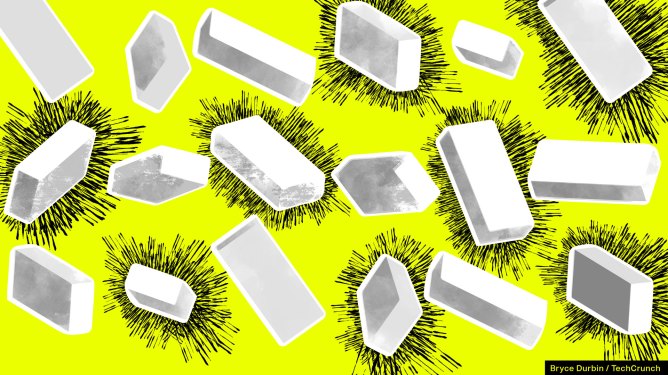For millennia, bricks were cutting-edge technology, allowing humans to build higher and stronger than before. However, their limitations soon became apparent, and new materials emerged to surpass them. Now, a new startup is looking to give bricks another chance at being the building block of newly decarbonized industries.
Electrified Thermal Solutions: The Startup That Could Change Heavy Industry
Electrified Thermal Solutions (ETS), participating in the TechCrunch Disrupt 2023 Startup Battlefield, hopes that their bricks will be the answer to many heavy industry’s prayers. Most industries rely on fossil fuels not just for power but also for heat. Getting the temperatures required to make steel or cement, or a range of other things, is either hard or expensive with today’s electric heating technology.
The Problem with Hydrogen
Developing enough green hydrogen capacity to drive heavy industry would be eye-waveringly expensive. This is why startups like ETS are looking at alternatives called thermal batteries. When the sun is shining and the wind is blowing, and electricity is cheap, thermal batteries can be charged similar to lithium-ion batteries. But when the sun sets or the wind slows down, thermal batteries release that energy as heat instead of electricity.
What Happens with That Heat?
It’s up to the customer what happens with that heat. They could use it to generate steam to heat buildings or power turbines to generate electricity. If a thermal battery can get hot enough, it can be used at steel mills, glassworks, chemical and cement plants, and so on.
ETS’s Joule Hive Thermal Battery
The Joule Hive thermal battery is "98% similar to things you see off the shelf today," co-founder and CEO Dan Stack told TechCrunch. The 2% difference from regular firebricks comes from semiconductor materials that the bricks are doped with to give them electrically conductive properties.
"We don’t even tweak the recipes a ton to get the properties we need." Stack explained. "We built this technology to solve that bottleneck."
How It Works
The batteries are heated by running electricity through them — just like how your toaster works, but a lot hotter. The thermal mass of the bricks and the insulated container they’re stacked in allows them to hold their heat for hours or even days.
Over 95% of the electricity that went into the bricks can be recovered as heat, he said. And that heat is hot – a stack of ETS’s bricks can produce heat nearing 2,000 degrees C (3,632 degrees F).
Cost-Effectiveness
ETS said the cost of its heat is at least three times cheaper than hydrogen. In some places, it’s still more expensive than regular fossil fuels but offers other benefits.
A New Era for Heavy Industry?
Electrified Thermal Solutions’ bricks could be the answer to many heavy industry’s prayers. With their ability to produce high temperatures and offer a cost-effective alternative to fossil fuels, they have the potential to revolutionize the industry.
However, more research is needed to understand the full implications of this technology and how it can be integrated into existing systems.
Conclusion
Electrified Thermal Solutions’ bricks are an innovative solution to many heavy industry’s problems. With their ability to produce high temperatures and offer a cost-effective alternative to fossil fuels, they have the potential to revolutionize the industry.
But, as with any new technology, more research is needed to understand its full implications and how it can be integrated into existing systems.
About Electrified Thermal Solutions
Electrified Thermal Solutions (ETS) is a startup that aims to revolutionize heavy industry by providing a cost-effective alternative to fossil fuels. Their Joule Hive thermal battery uses bricks with electrically conductive properties to produce high temperatures, making it an ideal solution for many industries.
About the Author
Tim De Chant is a senior climate reporter at TechCrunch. He has written for a wide range of publications, including Wired magazine, the Chicago Tribune, Ars Technica, The Wire China, and NOVA Next, where he was founding editor.
De Chant is also a lecturer in MIT’s Graduate Program in Science Writing and was awarded a Knight Science Journalism Fellowship at MIT in 2018. He received his PhD in environmental science, policy, and management from the University of California, Berkeley, and his BA degree in environmental studies, English, and biology from St. Olaf College.
Related Stories
- Startups
- Timekettle’s new earbuds offer real-time translation on calls
- Venture Accel could raise billions for India, but it’s sticking to $650 million
- Live Updates CES 2025: Nvidia, Samsung, Sony, Toyota reveals, plus more
- Climate
- Hydrogen tax credit rules give startups clarity while boosting nuclear and carbon capture
- Electra found a cheap, clean way to purify iron, and it’s raising $257M to make it happen
- KoBold used AI to find copper — now investors are piling in to the tune of $537M

